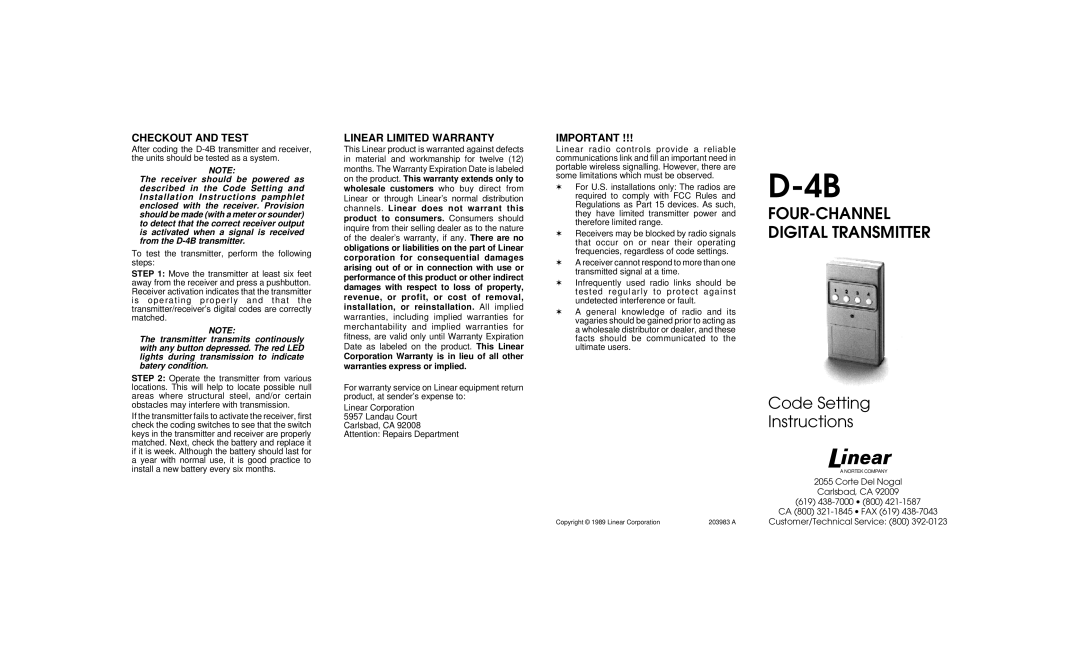Satellite Radio specifications
Linear Satellite Radio has emerged as a popular medium for delivering high-quality audio content to listeners across vast distances. Unlike traditional terrestrial radio that relies on broadcasting signals from antennas on the ground, linear satellite radio uses satellites in geostationary orbit to transmit audio signals directly to receivers on the Earth’s surface. This technology provides a more reliable and consistent listening experience, especially in remote areas where traditional radio signals may falter.One of the main features of linear satellite radio is its extensive channel lineup. Subscribers can access a diverse range of programming, from commercial-free music channels to exclusive talk shows, news broadcasts, and sports coverage. This vast selection caters to a wide array of musical tastes and interests, making it a popular choice for individuals seeking a personalized listening experience.
Satellite radio utilizes advanced compression technologies to transmit audio signals. These technologies, such as MPEG Layer II and AAC, enable high-quality sound reproduction while optimizing bandwidth. As a result, listeners can enjoy clear and uninterrupted music, regardless of their geographic location. This seamless delivery is particularly beneficial for long road trips, where terrestrial signals may be inconsistent.
In addition to audio quality, linear satellite radio offers additional features that enhance user experience. Many satellite radio systems include digital display capabilities, allowing listeners to view track information, artist names, and channel listings. Some platforms even provide interactive features such as podcasts, on-demand programming, and the ability to pause and rewind live broadcasts. This interactivity empowers users to have greater control over their listening experiences.
Moreover, linear satellite radio has taken significant strides toward becoming more mobile. Many services offer apps that allow subscribers to stream content on their smartphones and tablets, thereby expanding accessibility beyond traditional receivers. This advancement means that listeners can enjoy their favorite channels whether they are at home, in the car, or on the go.
In conclusion, linear satellite radio represents a significant evolution in the way audio content is delivered and consumed. Its key features, including extensive programming options, superior sound quality, advanced technologies, and mobile accessibility, make it an appealing choice for modern listeners. As technology continues to advance, linear satellite radio is likely to evolve further, providing even more ways to engage and entertain its audience.

